


















Ali Cherri
[+]Ali Cherri
[-]Ali Cherri
[+]Ali Cherri
[-]Ali Cherri
[+]Ali Cherri
[-]Ali Cherri
[+]Ali Cherri
[-]Ali Cherri
[+]Ali Cherri
[-]Ali Cherri
[+]Ali Cherri
[-]Basma Alsharif
[+]Basma Alsharif
[-]Basma Alsharif
[+]Basma Alsharif
[-]Basma Alsharif
[+]Basma Alsharif
[-]Basma Alsharif
[+]Basma Alsharif
[-]Basma Alsharif
[+]Basma Alsharif
[-]Basma Alsharif
[+]Basma Alsharif
[-]Basma Alsharif
[+]Basma Alsharif
[-]Basma Alsharif
[+]Basma Alsharif
[-]Basma Alsharif
[+]Basma Alsharif
[-]Basma Alsharif
[+]Basma Alsharif
[-]Basma Alsharif
[+]Basma Alsharif
[-]Basma Alsharif
[+]Basma Alsharif
[-]Basma Alsharif
[+]Basma Alsharif
[-]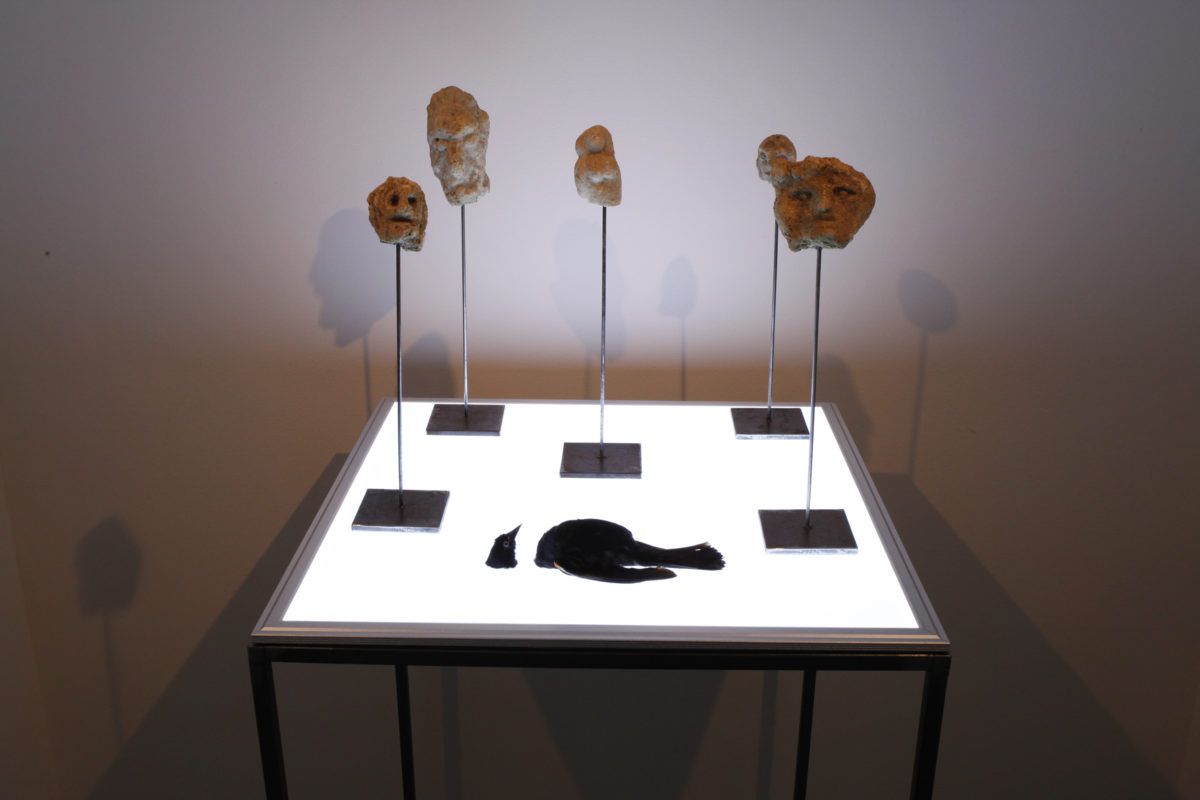
Ali Cherri
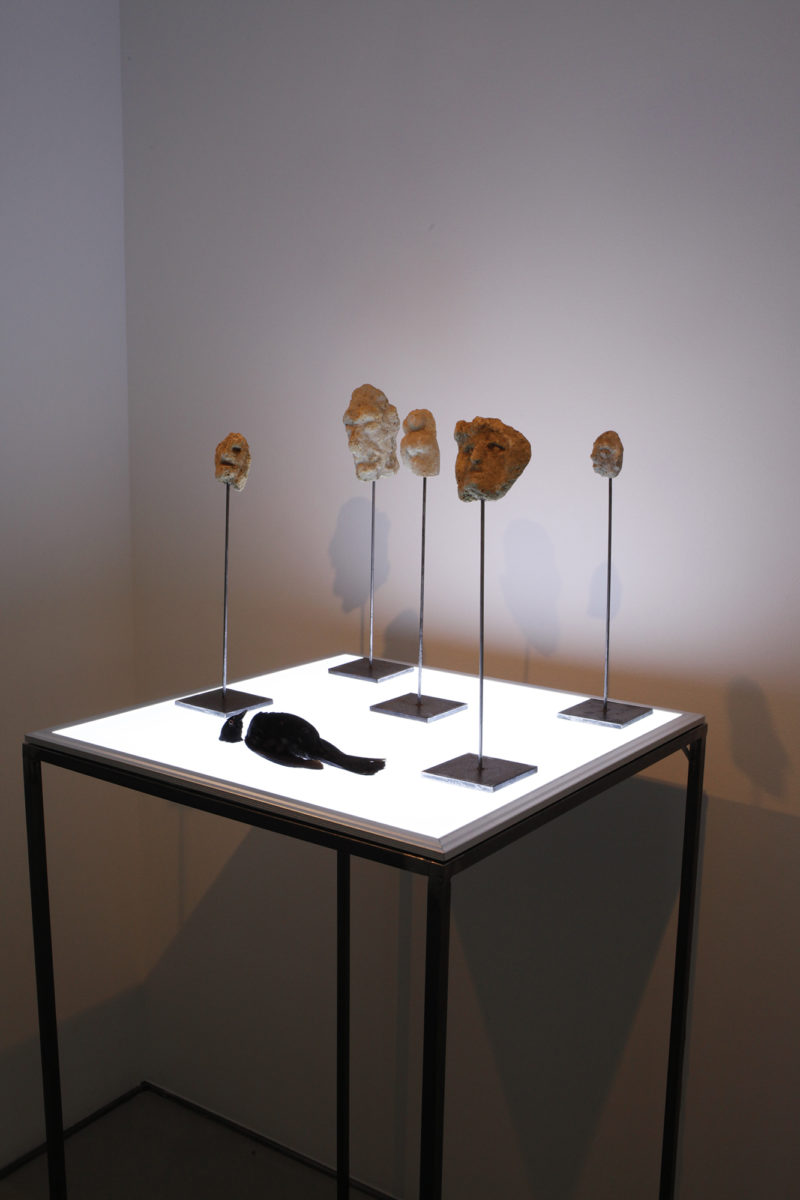
Ali Cherri

Ali Cherri
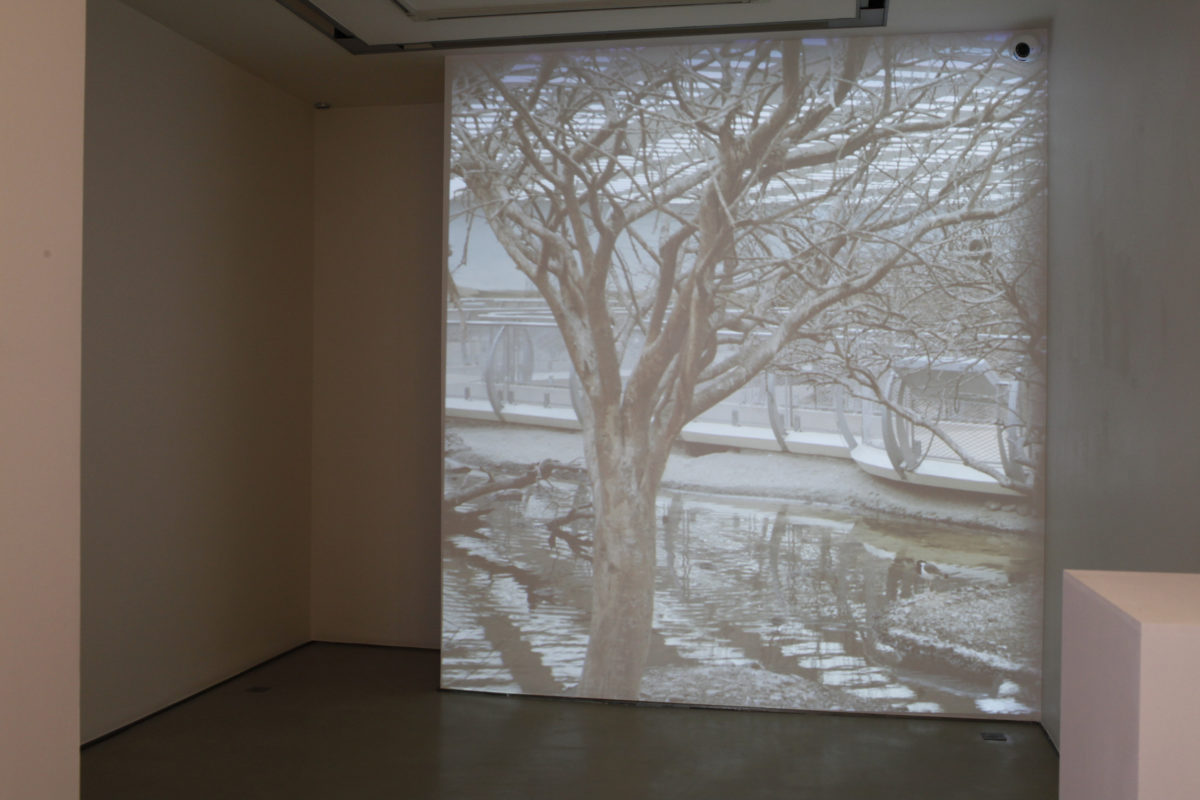
Ali Cherri
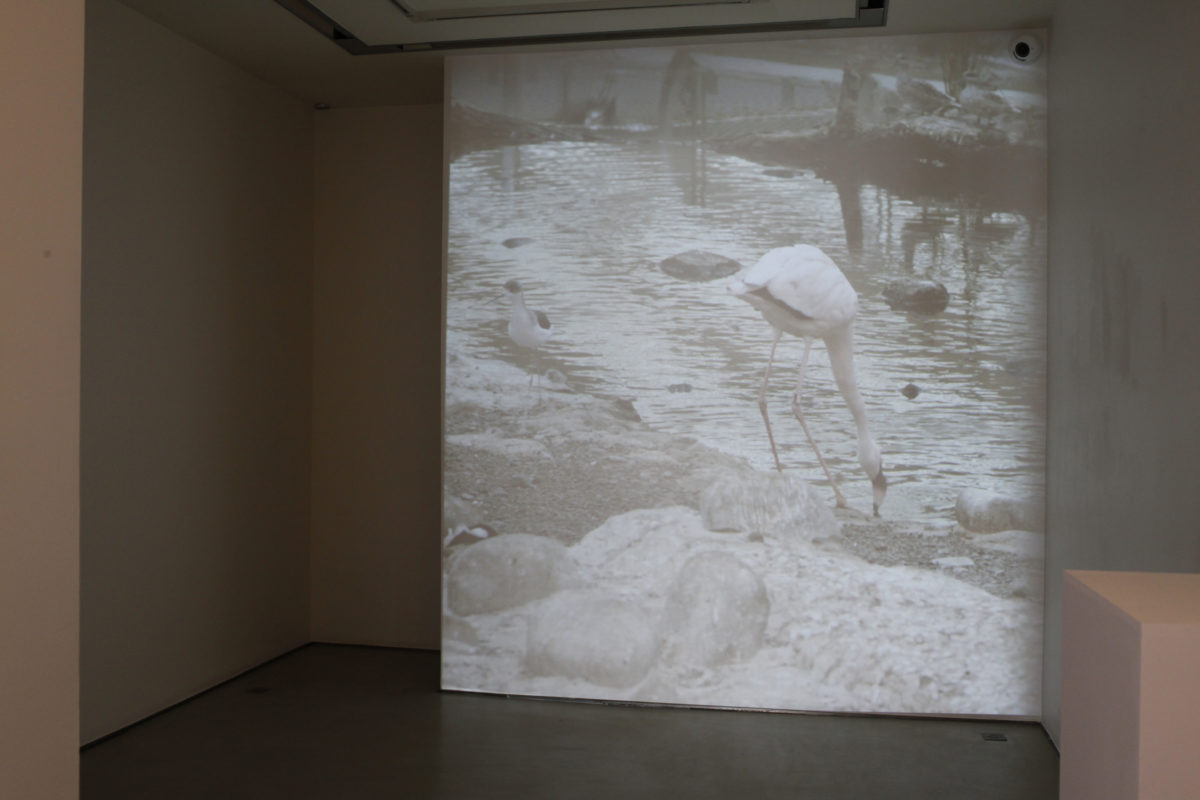
Ali Cherri
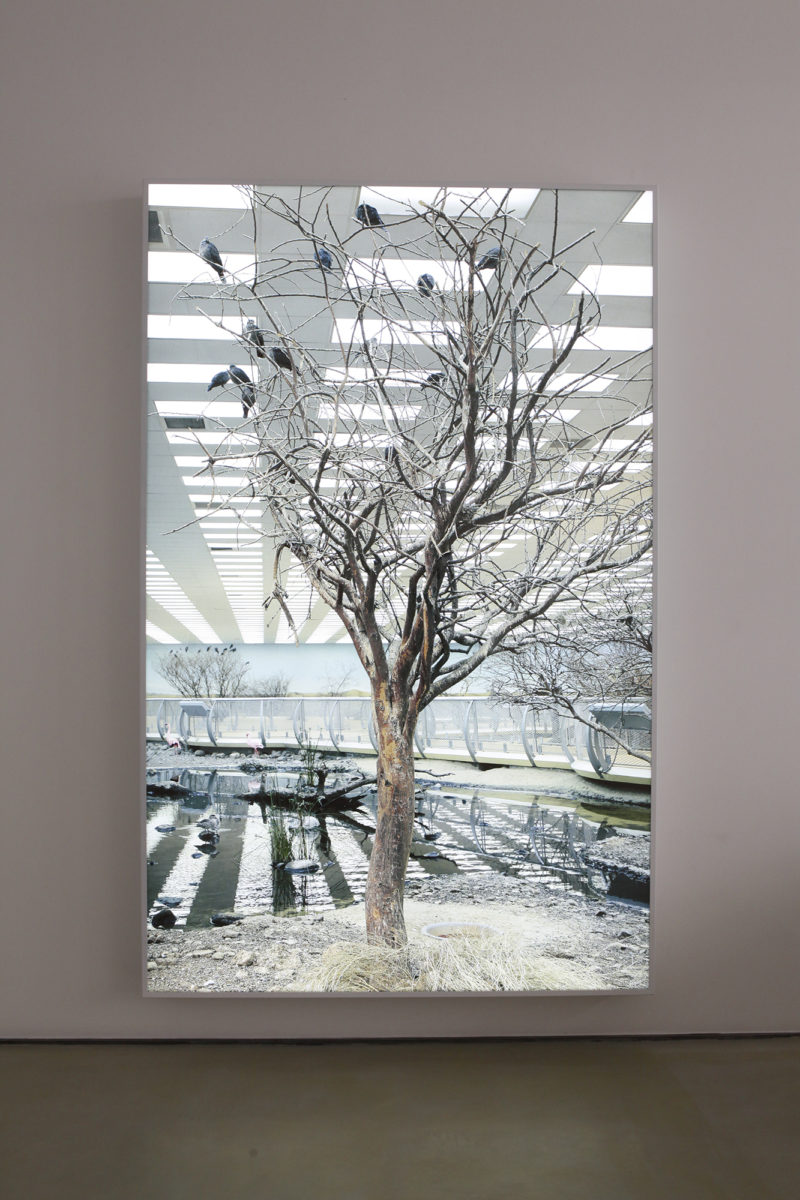
Ali Cherri
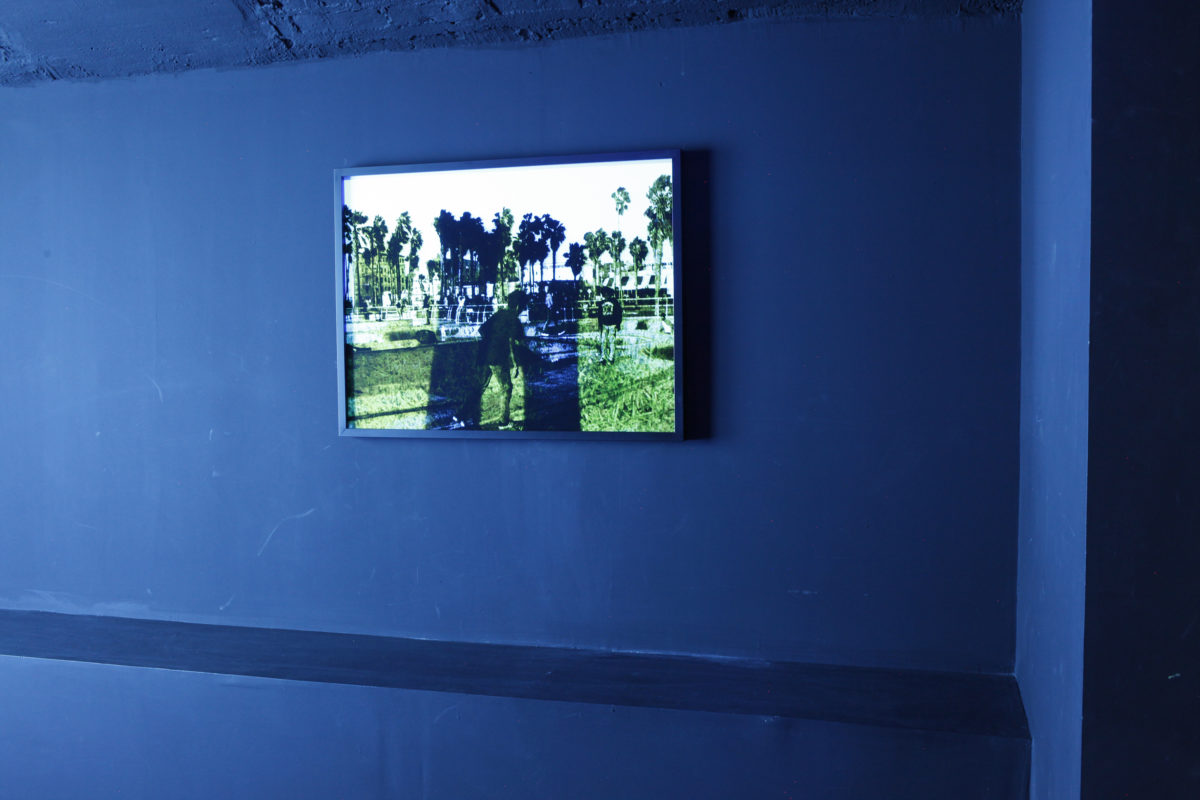
Basma Alsharif
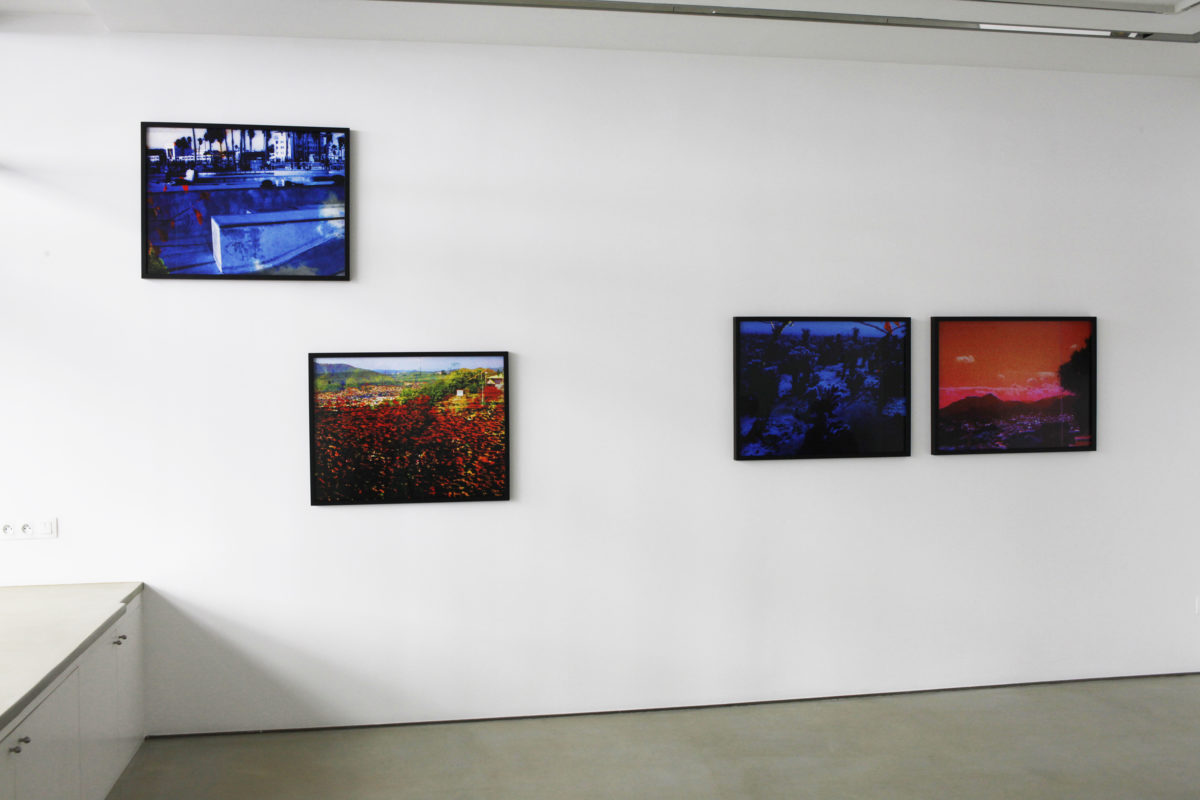
Basma Alsharif
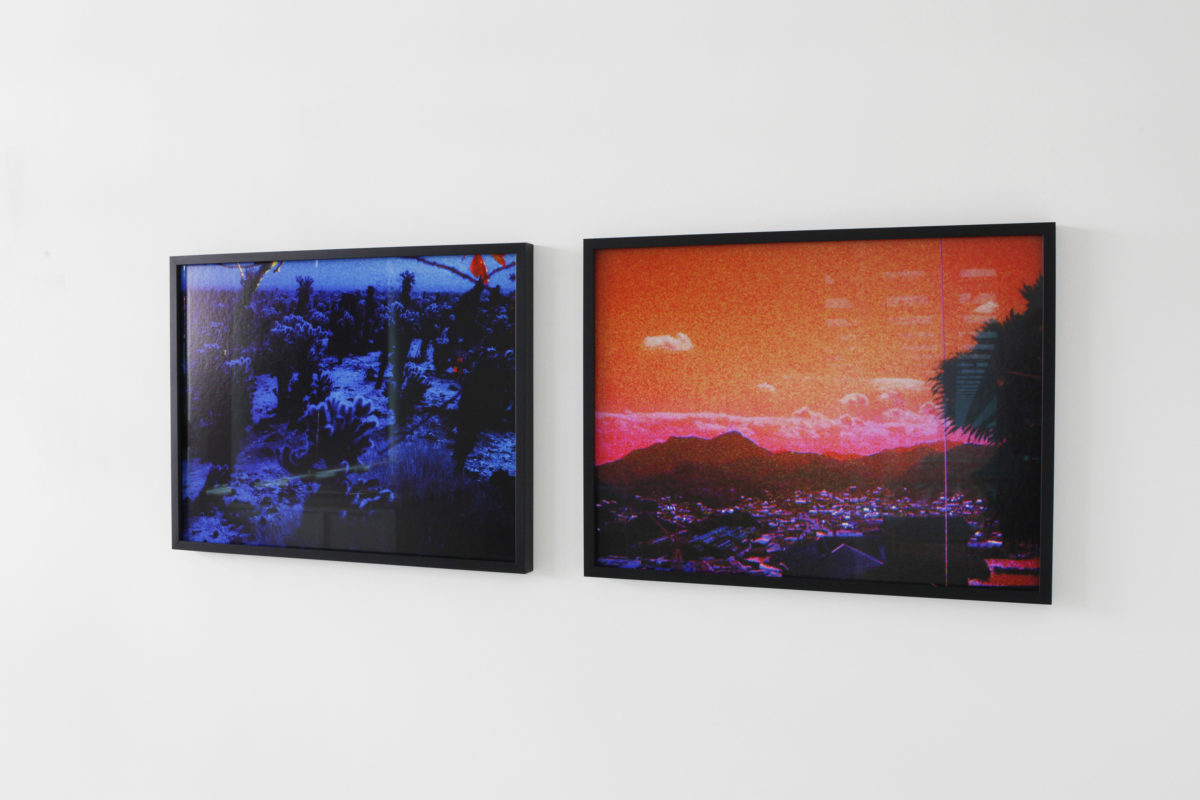
Basma Alsharif
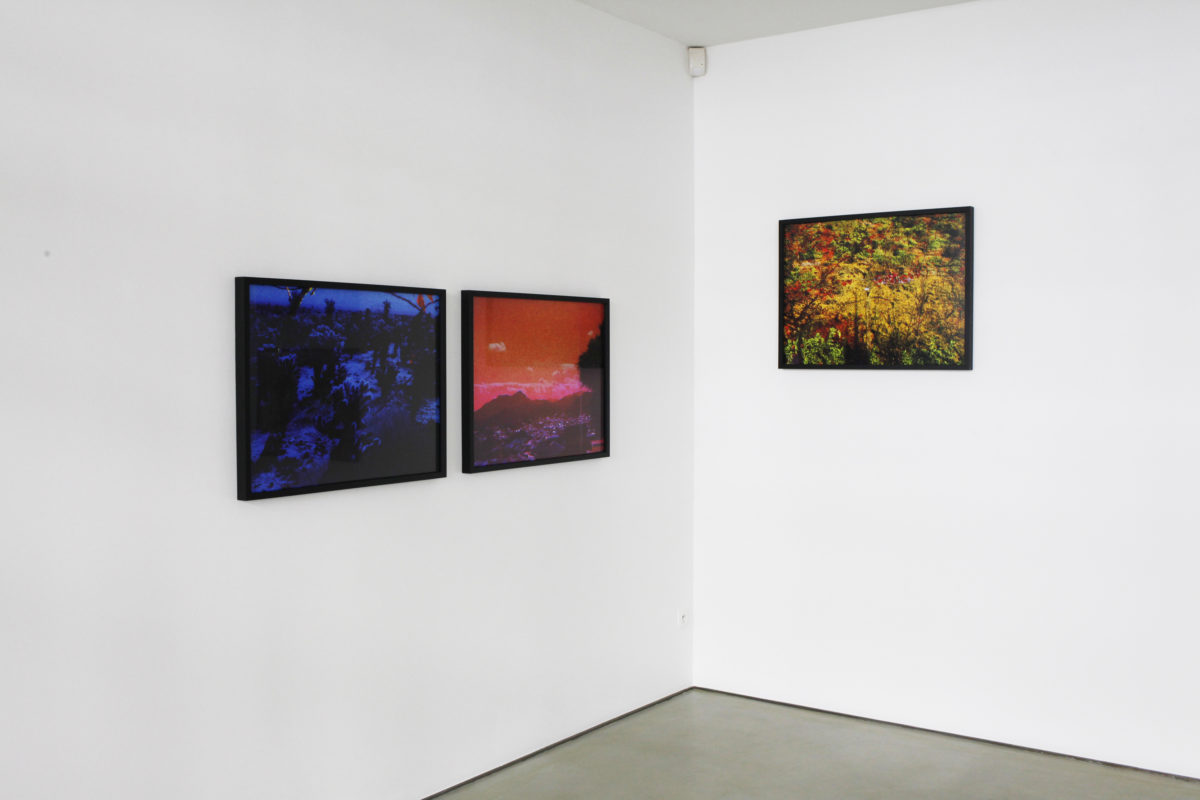
Basma Alsharif
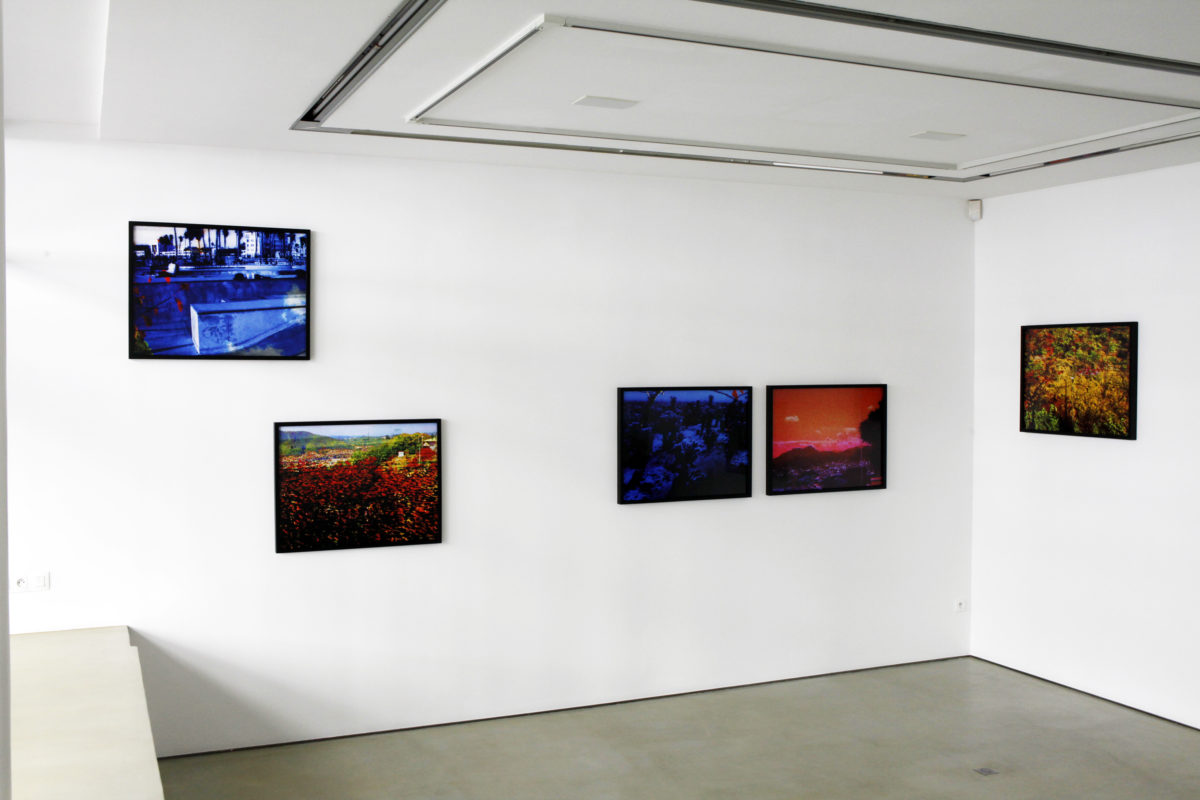
Basma Alsharif
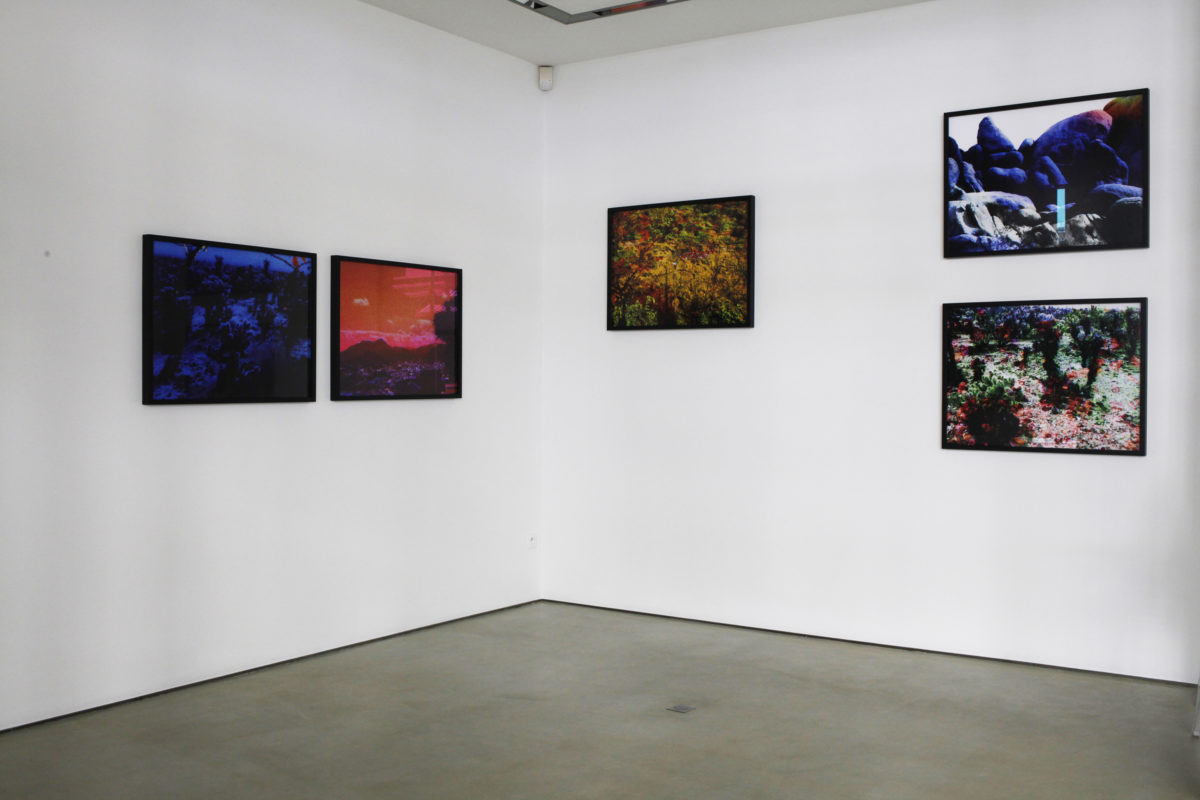
Basma Alsharif
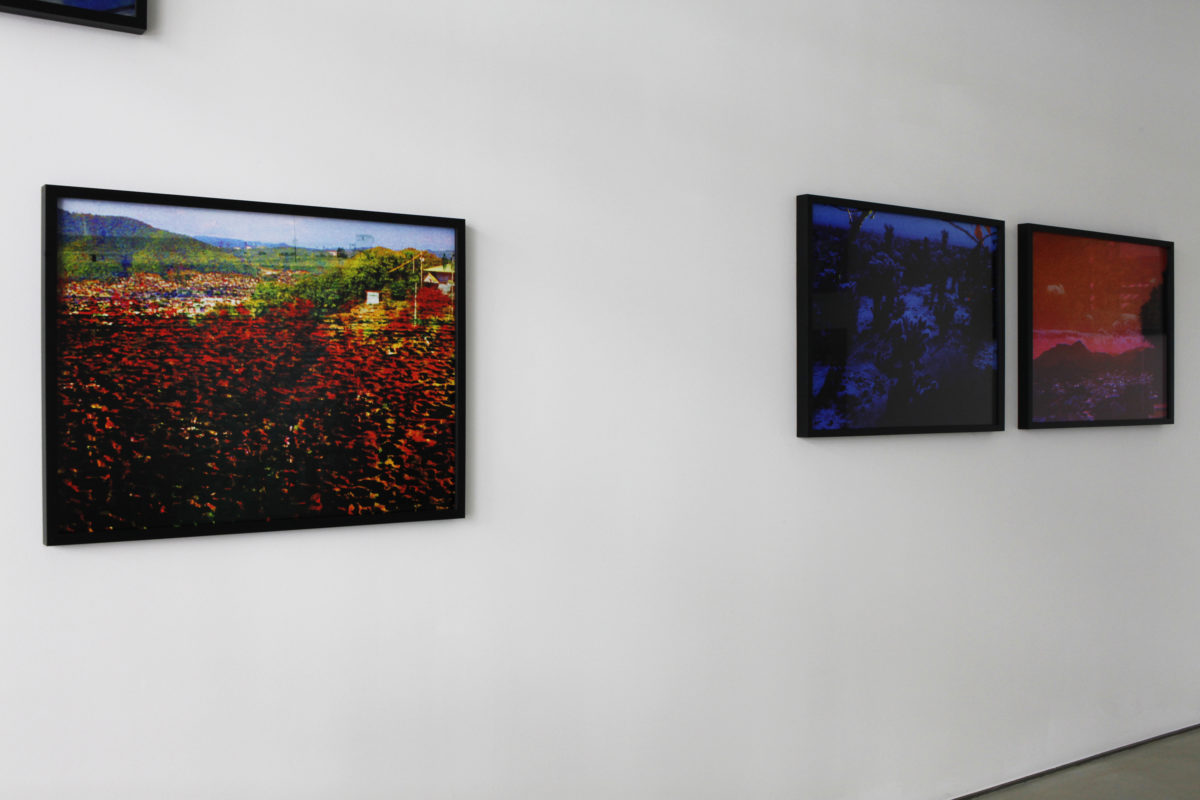
Basma Alsharif
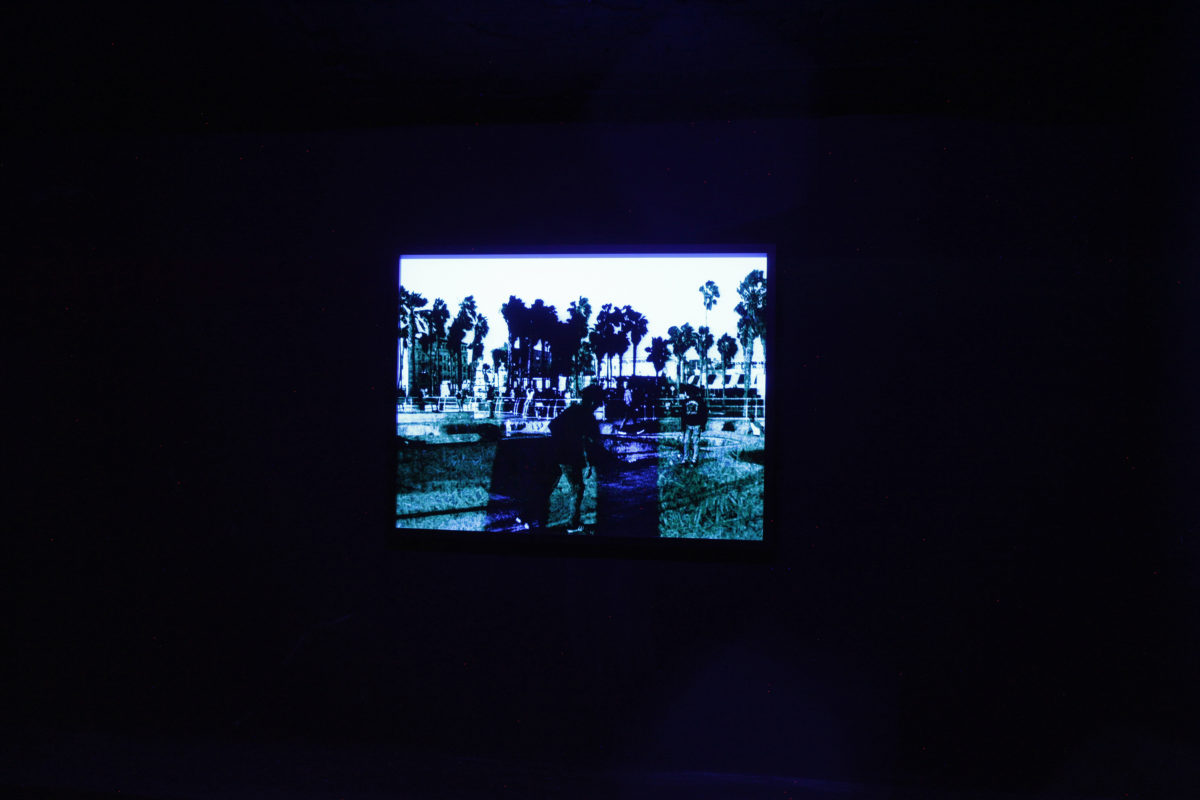
Basma Alsharif
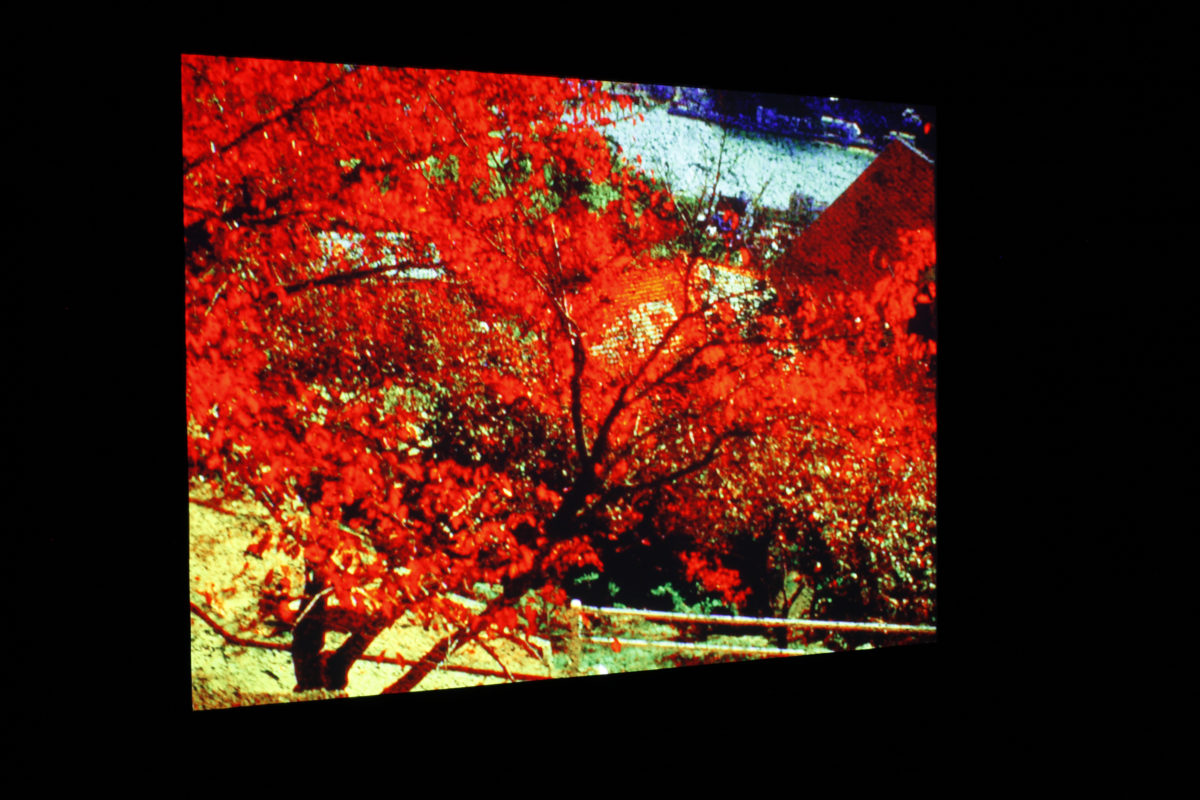
Basma Alsharif
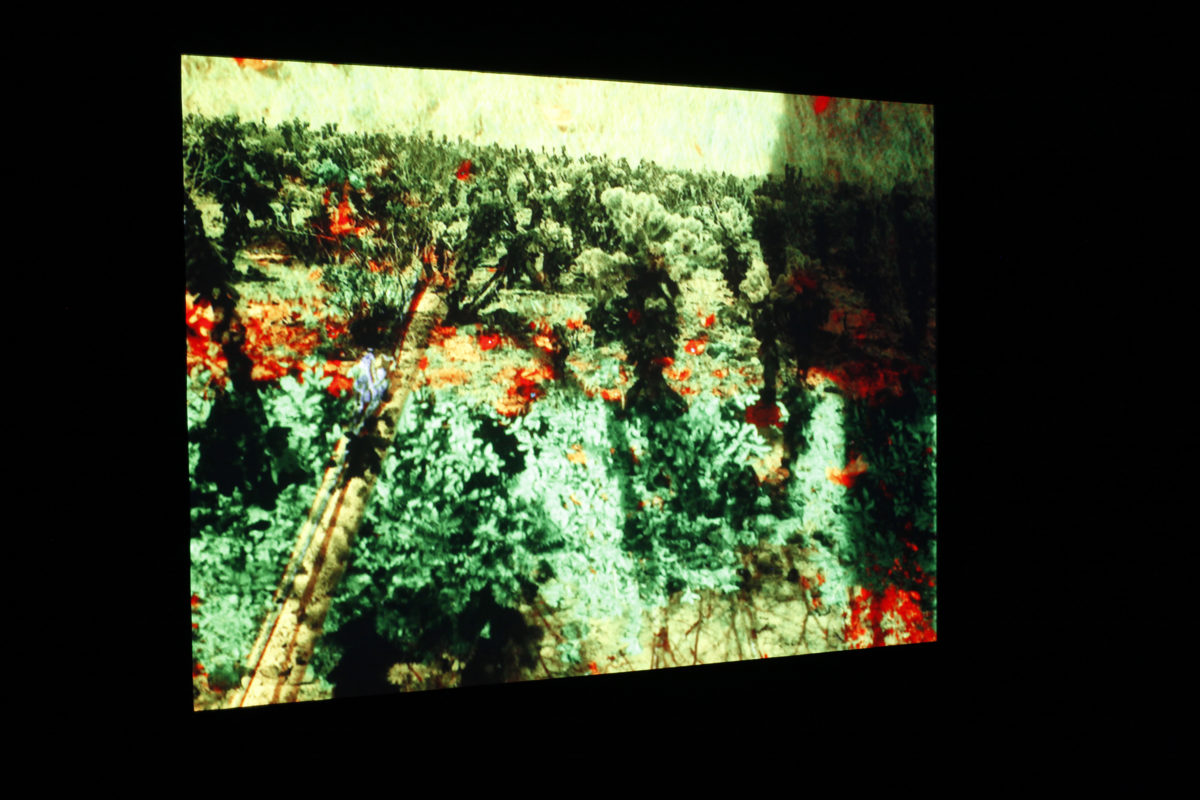
Basma Alsharif
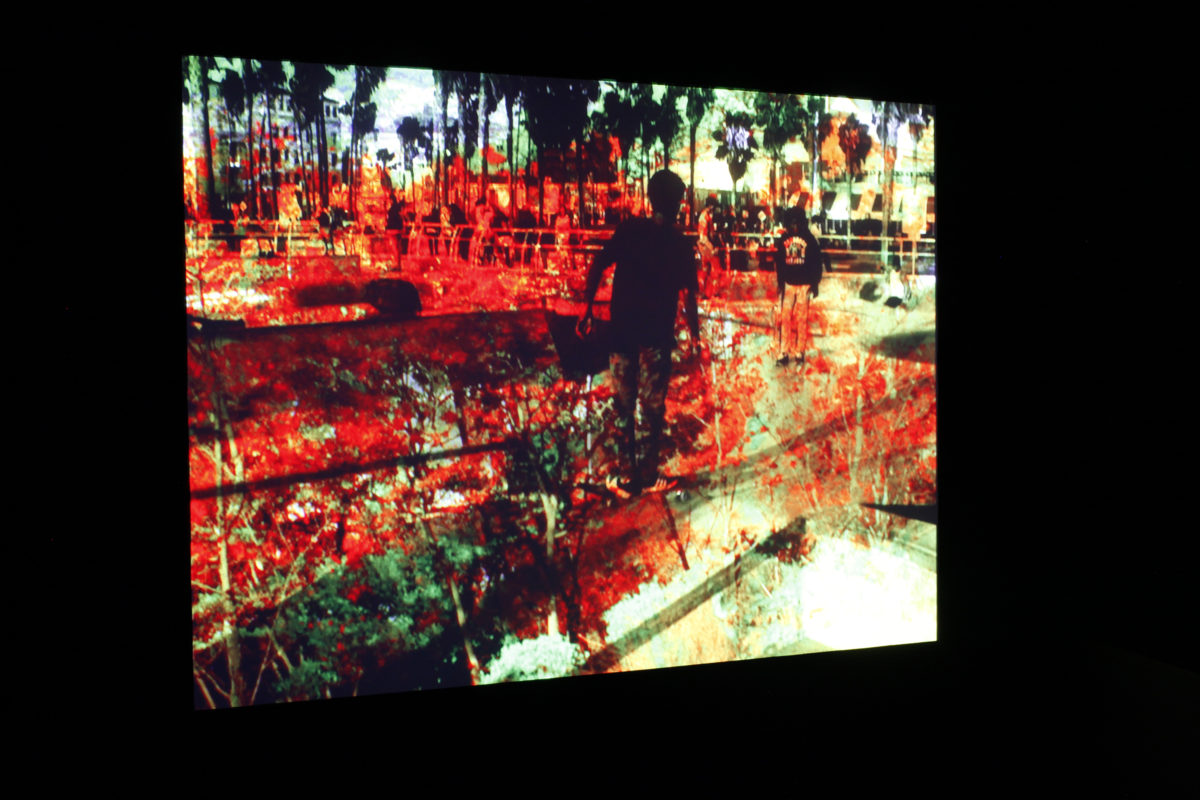
Basma Alsharif

Basma Alsharif
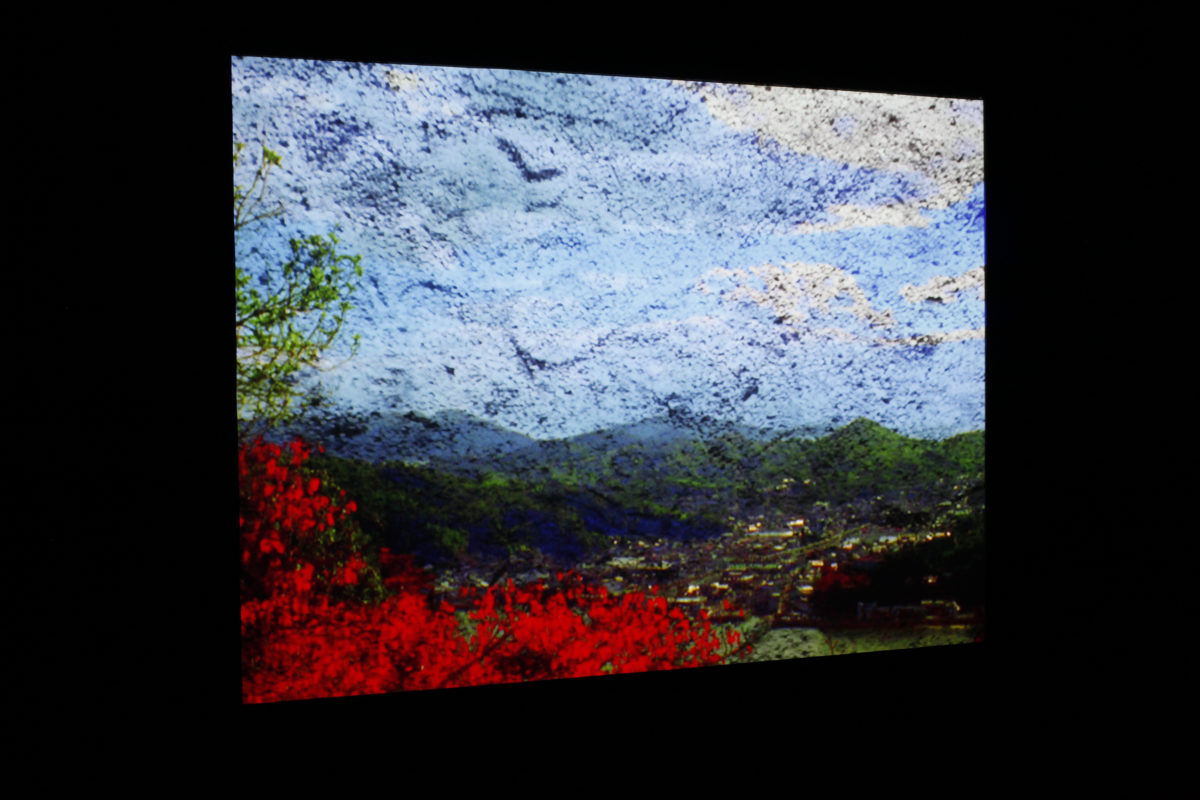
Basma Alsharif
Basma Alsharif — High Noon
Basma Alsharif is artist-in-residence at the Pavillon Neuflize OBC, creative laboratory of the Palais de Tokyo, since November 2014.
“Every place on Earth is measured in terms of its distance to two imaginary lines. The site at which longitude (vertical line) meets latitude (horizontal line) was fixed in Greenwich, England to be the Prime Meridian in 1884, at a time when the UK was a major colonial power. The Northern and Southern Hemisphere being divided by the imaginary line that is the equator, a line equidistant from the North and South Pole. Prior to this, there was no standardized time, no way to tell when the day started, or ended, or even how long that day was. Each place had its own system, its own Prime Meridian.1
The installation High Noon, a video loop accompanied by eight film stills, takes root in that knowledge and launches us into a future in which North, South, East and West are constantly shifting. We are brought to a place that exists across time and space and can imagine being everywhere all at once, glimpsing a hallucinogenic paradise. The images trap in their compositions a portrait of two places at the same ephemeral moment: the West Coast of Southern California and South Eastern Japan.
My own personal background as a Palestinian – a people oppressed, exiled, forced into migration, or nomadism – explores the sentiment of being lost in the world when we have no ground to stand on. A feeling that extends beyond the Palestinian landscape and finds its home in a mythical desert in which we can imagine the experience of standing on the earth upside down. Taking its title from the American film genre of the Western, High Noon (a term used to describe the meeting point between good and evil referring to a showdown between cowboys and Indians to resolve a conflict) is an invitation to move past confrontation and into the future.”
— Basma Alsharif, May 2015
Ali Cherri
Ali Cherri is artist in residence at the CENTQUATRE, Paris as part of the NEARCH programme since January 2014. In partnership with INRAP and the German Archaeological Institute, he develops his research on various approaches to archaeology in the Middle East and Central Asia.
“For the past year, my artistic practice has been focusing on the construction of national identity in the fields of museology and the archaeological object. Archaeology creates the ideological imaginary and the founding myth of a people. At the same time, it exhumes genealogical history, retracing the past, evolution, appearance and ideals of our ancestors. Most of all, as a project, archaeology is a guarantee of the demographic and geographic contours of the Nation-State.
Through the analysis of this scientific discipline – collection of artefacts, interpretation of what these objects support or refute in terms of historical narrative, positioning and museum segmentation, discursive invocation of the archaeological site and object as a place for political rotest – I hope to highlight the micro-dynamics, paradigms and arguments by which geography, landscape, history and historicity are written.
Initially, I went to the deserts of Sharjah and Abu Dhabi to shoot a film about a Neolithic burial site in the United Arab Emirates. Above and beyond archaeology as a tangible illustration of history, the desert offers a geological, tectonic, and in particular, a sedimented image of our time. Imagined or imaginary landscape, the desert delivers a narrative that is not based on traces, objects or ruins but on relentless erasure beneath the desert’s sand.”
— Ali Cherri, May 2015
1. Royal Museum of Greenwich. http://www.rmg.co.uk